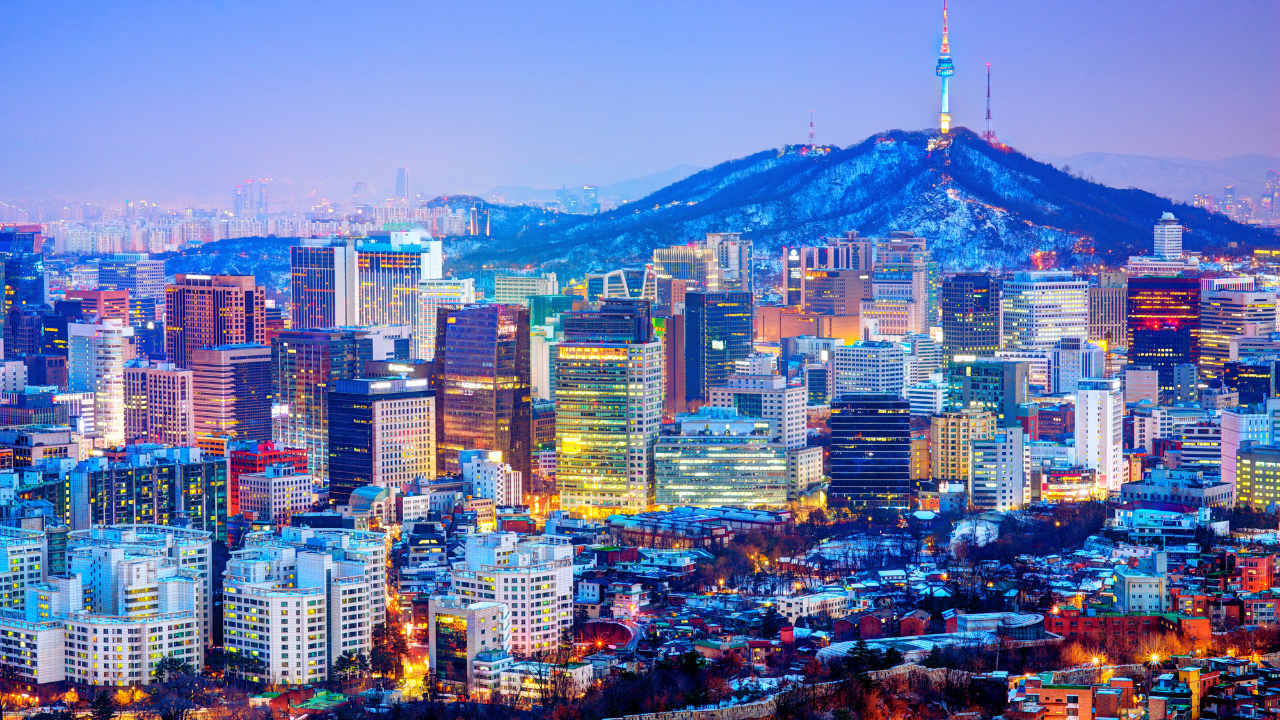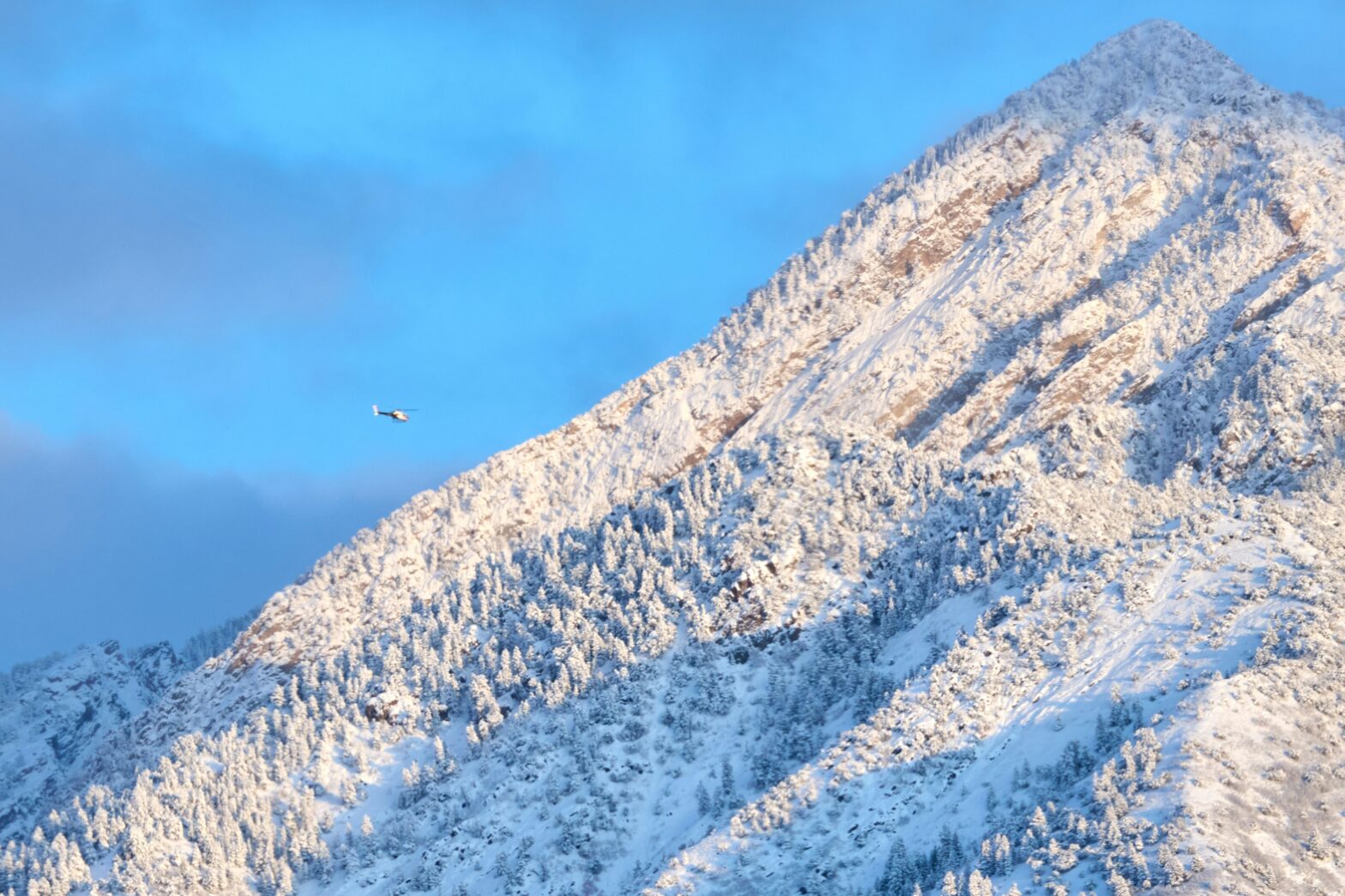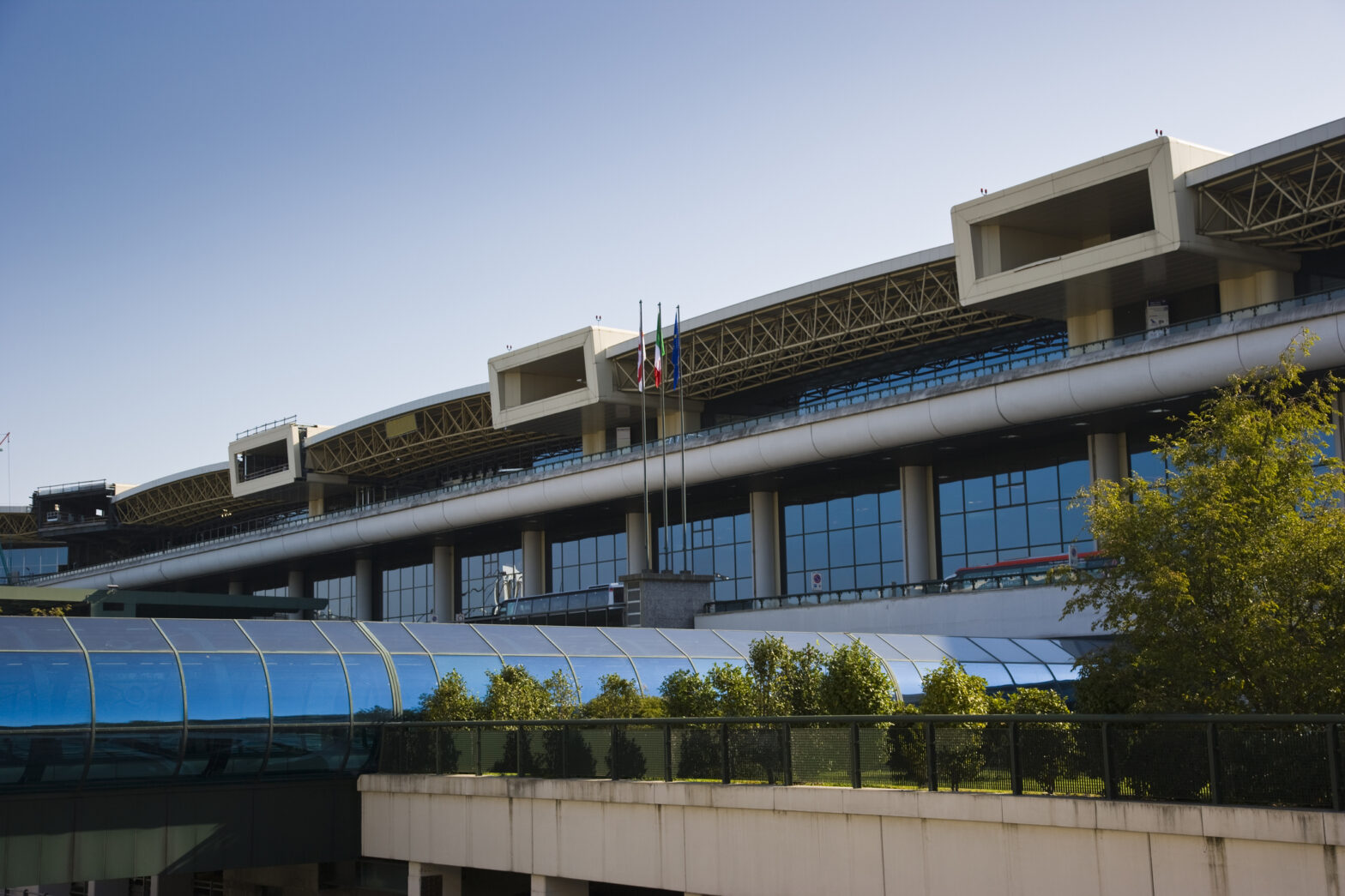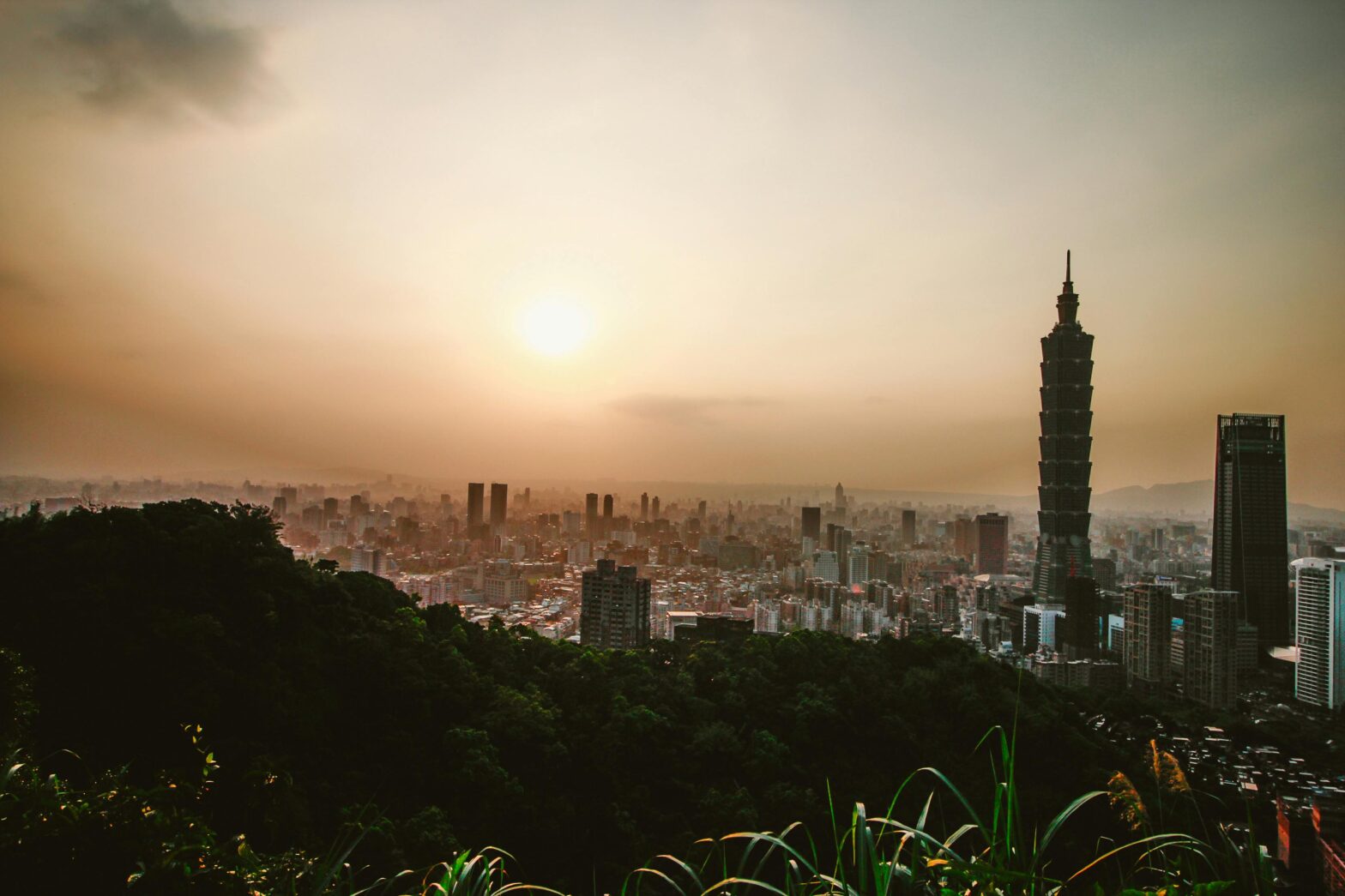Peru is a diverse South American country that has many celebrated landscapes, cultures and plenty of vibrant wildlife. It is the third largest country on the continent and is home to many ancient cultures. The Andean mountains, the Amazon and Peru’s ten UNESCO sites are just some of the most cherished features of the western country. Machu Picchu is one of Peru’s UNESCO sites and is one of the most famous places in Peru that visiting travelers should not miss, since it is a Wonder of the World and has breathtaking views. Peru is a popular tourist destination with a plethora of attractions for travelers to experience, but it may be difficult for tourists to determine if they should visit.
While the country has stunning natural beauty and attracts millions of visitors a year, it also has experienced some political unrest that impacts tourism. Peru is a unique destination and still has a lot of visitors, but those planning to visit should learn more about the safety level of Peru and what may impact their time in the country.
Official Travel Advisories

To ensure safety while visiting Peru, travelers should take some precautions. There are some advisories on how best to secure the safety of tourists, so staying informed is the best way to travel to Peru. Travelers should avoid protests, stay in the loop with political occurrences, monitor local media and follow local authorities’ instructions.
Political Unrest
Due to the ousting of the former President, Pedro Castillo, there have been many protests and demonstrations by civilians. Many Peruvians believe the attempted coup was staged by other government officials, so there is much political instability that has occurred surrounding support or disapproval for the former (and current) leader. The violent protests that have occurred since December of 2022 still happen occasionally throughout the country. Of course, this is a public safety concern. Since the sporadic political unrest has put even some civilians in danger, it should definitely be a concern for visitors. According to the U.S. Department of State, these political concerns make Peru a level two destination, meaning travelers should exercise increased caution while traveling.
As of 2024, Peru’s safety situation is now normalized. If you keep away from areas of political protest, you should be perfectly safe setting up your next vacation in Peru. The country is anticipating record-breaking tourism going into 2025.
Health Safety
Personal safety also extends to travelers’ health status, so finding dependable and informative resources are important when considering travel abroad. The Centers for Disease Control and Prevention’s (CDC) website is a great website for travelers to reference before heading to Peru. The organization’s website provides accurate information about travel health notices, available medicines, preventable illnesses and even environmental threats of potential travel destinations. Tourists that are preparing for their trip can utilize the healthy travel packing list that has been created with Peru in mind.
How to Stay Safe in Peru

Tourists are discouraged from visiting some areas in Peru to avoid protests that may incite violence. Peru’s tourism industry and economy has suffered as a result of the protests, so staying alert and knowing where tourists are most comfortable is wise. Since the unrest has been focused on political institutions and powers, tourists do not have to be worried about being targeted. But, that does not mean that the entire country is ideal for travel or that travelers should not exercise safety precautions.
The ease and safety level of transportation in Peru varies, since there are metropolitan and rural areas which are popular with tourists. The most popular cities, like Lima, have a variety of transportation options. The central areas of Lima are best explored on foot, since there are lively public plazas that are within walking distance of each other. But travelers should be cautious since there are no official laws for cross-walking. Comfortable shoes are a must if travelers want to commute on foot.
The next best modes of transportation are taxis and public transport. Taxis are unregulated in Peru, so travelers should be careful and have their hotels arrange their ride to avoid paying overpriced fares. Always confirm the price before getting inside the vehicle to avoid scams or spiked tourist prices. The bus and metro systems of Peru are generally pretty easy to navigate. The buses in Peru are preferable though since they can bypass traffic since they operate on private lanes, so there certainly are benefits to riding the bus. Travelers should simply exercise baseline transportation safety measures while abroad like securing their belongings at all times, staying alert and not falling asleep while on public transport and not flashing valuables or expensive things while on the road.
Where to Stay in Peru
Some areas of Peru are less safe for tourists than others, so safety levels really depend on where travelers stay or visit. For example, areas like the Colombian-Peruvian border and the Puno Region are known for more frequent clashes and therefore are not ideal for vacationers. States of emergencies have been issued for Ayacucho, Huancavelica, Madre de Dios and some Cusco regions in the past. These central and southern regions are most impacted by violent crime and civil unrest. Travelers should be sure not to travel outside of populated regions or stay in places that seem remote, since they are more likely to be targeted for petty crimes. The tourist friendly areas of Peru are Arequipa, Chiclayo and Huancayo. These regions have much safer neighborhoods and less crime in general. They offer alternatives to Metropolitan places like Lima and Cusco. With safer atmospheres, less crowds and a less expensive cost of living, these are the best places to stay in Peru.
Travelers are encouraged to follow any advisories or instructions from the local military or law enforcement to ensure their safety. This is especially true in areas where the Peruvian government has declared a state of emergency or protests occur.
Best Time to Visit Peru
The best times to visit Peru are dependent on a traveler’s preferences, but many tourists base their trip on the weather. The dry season is the best time to be in Peru, since heavy rains can make nature or archaeological tours difficult. Between May and October are ideal times to visit, especially for those that plan to explore on foot or want to enjoy a lot of outdoor activities. Although this time period is peak season, which may mean tourists encounter rising prices and occasional crowds, it is still the best time to visit Peru. Travelers are advised to book their travel and accommodations early so that they can still take advantage of the bright skies and warm days in Peru.
People Also Ask
Is it safe to travel to Peru in 2024? Yes, travelers are safe to travel to Peru and there are many tourist friendly areas. They are still advised to monitor civil unrest anywhere they intend to go.
Is Peru safer than Colombia? Peru is less dangerous than Colombia due to the police that patrol tourist areas and lower amounts of violent crimes.





